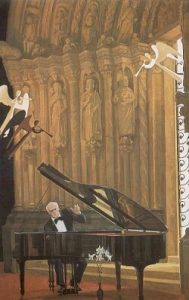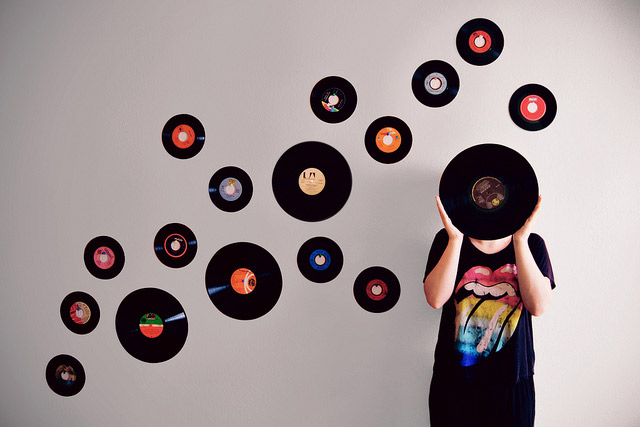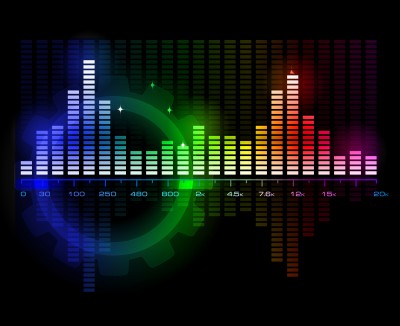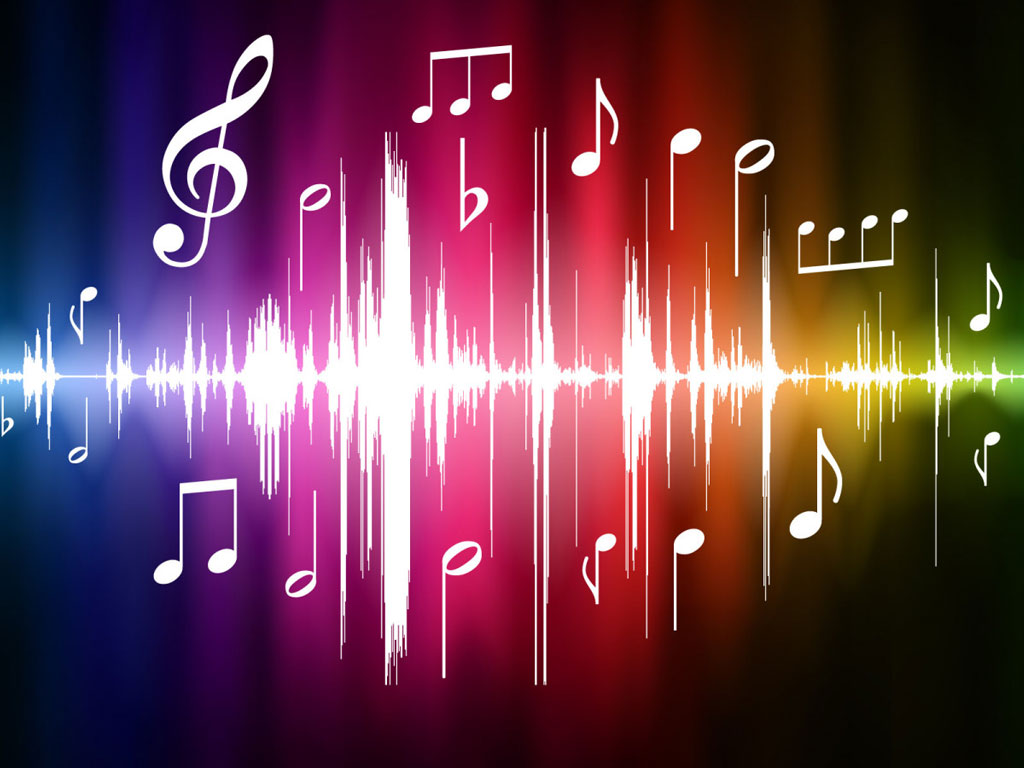Sonata
 The word “Sonata” is derived from the Italian verb “Sonare” – “sound.”
The word “Sonata” is derived from the Italian verb “Sonare” – “sound.”
For the first time Spanish composers of the 16th century began to call it that. Early sonatas were polyphonic, for example, trio sonatas for 3 instruments — violins (or flutes), viola da gamba and harpsichord. When the homophon came to replace the polyphonic style (the main voice began to play the main role with a bright melody, and the rest acquired an accompanying, accompanying character), the sonata for the solo instrument with accompaniment, especially for the violin, became paramount. In the XVII — XVIII centuries. Violin sonatas are composed by the largest Italian composers – J. Vitali, J. Tartini, A. Corelli, A. Vivaldi. The keyboard tool performed in them purely accompanying function.
GF Handel and especially I. S. Bach are already creating sonatas for keyboards. By this time, the sonata had taken shape as a multi-part instrumental piece with a rich figurative and emotional content. The order of the parts was the most typical: slowly – quickly – slowly – quickly. The first part most often had an improvisational introductory character; the third, slow, was built on the rhythms of the Sarabande or Sicilian – Spanish and Italian folk dances.
Since the end of the XVIII century. the piano sonata comes to the fore in its significance. The piano replaced the harpsichord and brought with it all the richness of the shades of the loud and quiet playing; it was capable of swift fluency, and the orchestral thunder-glasie. All these qualities with particular force manifested themselves in L. Beethoven’s piano sonatas, although much in this direction was made by his predecessors – J. Haydn, W. A. Mozart, M. Clementi. Beethoven gave the sonatas a symphonic scale, scale (“Aurora”, “Appassionata”). Sonata is one of the main genres of chamber and instrumental music. It exists not only as a genre, but also as a form. Sonata form is one of the most developed forms of instrumental music. It is typical of the first parts of the sonata-symphonic cycle (this concept includes sonatas, symphonies, quartets, and many other major works;).
Romantic composers F. Schubert, R. Schumann, F. Chopin, F. Liszt, and I. Brahms in their sonatas in new ways revealed the restless, rebellious, changeable inner world of a person.
A significant development in Haydn, Mozart, Beethoven, Schubert, Schumann, Brahms received a sonata-duet for a solo instrument (violin, cello, clarinet, French horn) and piano.
The largest number of sonatas is written in 3 parts, but there are two-part and four-part sonatas. The first part of the sonata was usually written in sonata form, but sometimes in its place you can find the form of variations (Mozart, Beethoven). The second part is slow, it was written either in a sonata form, but without development, or in a complex three-part; the third (minuet, scherzo) – in a complex three-part, and the fast finale – in the form of rondo, rondo-sonatas, less often – variations. In Chopin’s sonatas, the slow part and the scherzo are interchanged. The sheet creates one-part sonatas such as a musical poem (Sonata “After Reading Dante”). They are based on a very widely developed sonata form with many themes, their transformations and contrasting episodes.
In Russian music, the piano sonata reaches its heyday in the late XIX – early XX century. (P.I. Tchaikovsky, S.V. Rakhmaninov, A.N. Scriabin, N.K. Medtner). Sonatas for various instruments were created by Soviet composers S. S. Prokofyev, N. Ya. Myaskovsky, A. N. Alexandrov, D. D. Shostakovich, A. I. Khachaturian, D. B. Kabalevsky, M. S. Weinberg, R. K. Shchedrin and others. Musical language, principles of construction, and content become more and more complex and diverse in them.
Sonata genre features
If you compare the sonata with the literary genre, then the most suitable comparison with a novel or a story. Like them, the sonata is divided into several “chapters” – parts. Usually there are three or four. Like the novel or story, the sonata is populated by various “heroes”: musical themes. These themes do not simply follow one after another, but interact, influence each other, and sometimes come into conflict.
The first part of the sonata is the most intense and sharp. Therefore, it has its own special form, which is called the sonata.
The development of music built in the sonata form can be compared with the action in a dramatic play. At first, the composer introduces us to the main characters – musical themes. It is like the plot of the drama. Then the action develops, sharpens, reaches the top, after which the outcome occurs. Thus, the sonata form consists of three sections – the strings or expositions, in which the main themes appear (are exhibited) in different keys, the actual actions – the elaborations – and the total – reprises.
Development – the middle section of the sonata form – the most controversial, least stable section. Themes, which were presented for the first time in the exposition, are shown here from new, unexpected sides. They are divided into short motifs, collide, intertwined, modified.



